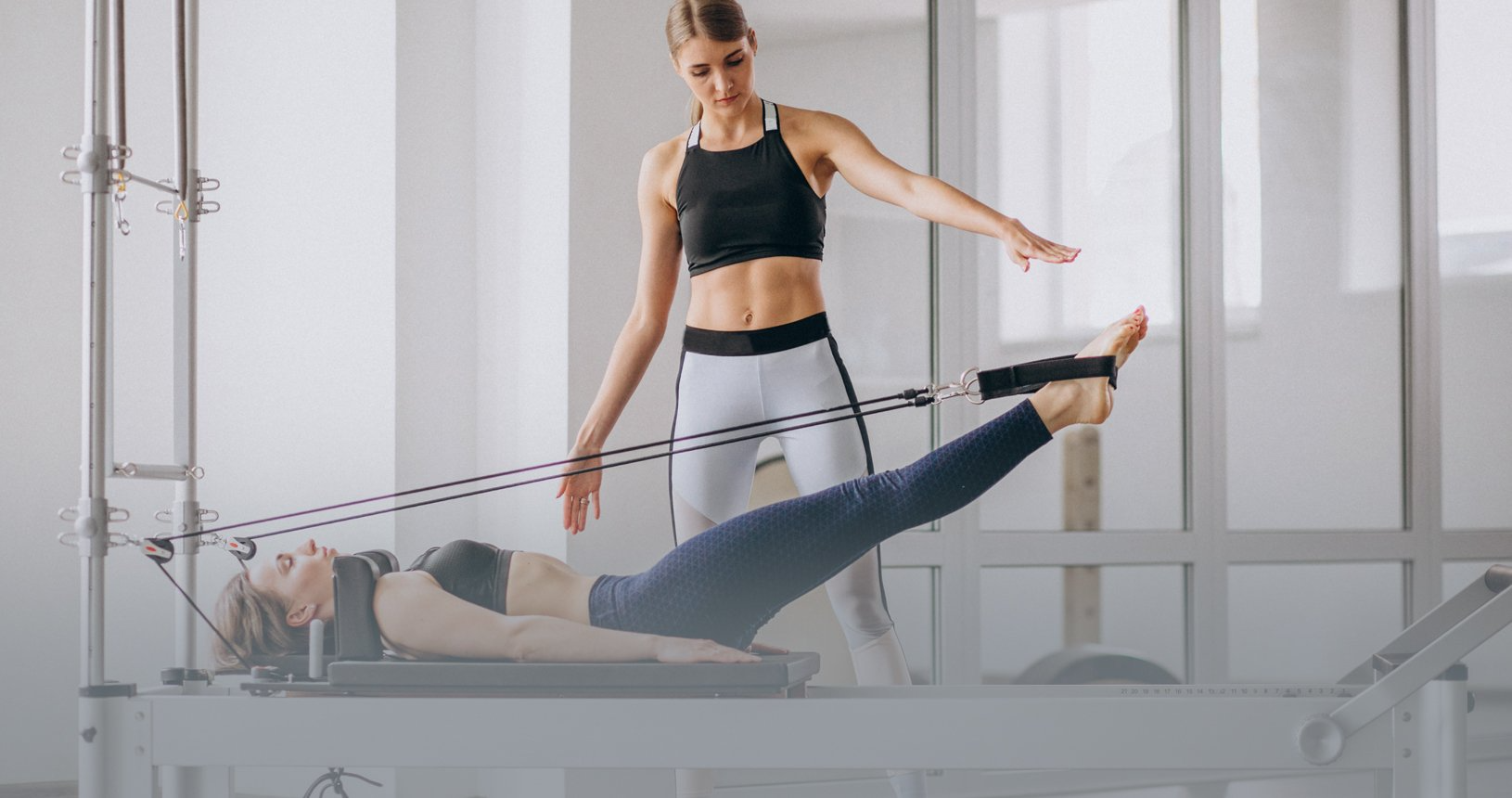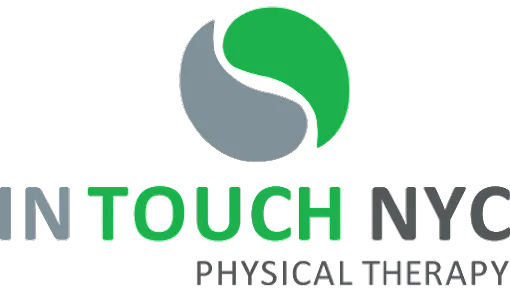Pilates has been transforming lives and bodies for the last century. Today, you can find Pilates in most gyms and in many physical therapy offices, including at In Touch NYC PT’s
locations. The smooth, graceful movements of Pilates may not seem like part of the pathway to health, but the reality is that this exercise approach is one of the most powerful, and customizable, practices you can adopt to gain strength, flexibility, and healing.
To help you better understand Pilates, and why we here at
In Touch NYC PT love it so much, here are 10 common myths and misconceptions about Pilates, along with the truth about this powerful physical fitness program.
1. Pilates is only for women
Pilates has historically been used as a conditioning exercise for dancers, and many Pilates instructors are women. These facts lead many of our patients to believe that Pilates is only appropriate for women. The reality, however, is that Pilates can bring flexibility, strength, and healing to patients regardless of gender.
Consider, for example, the fact that
Pilates was created by a man, Joseph Pilates, and originally used in the rehab of soldiers returning from war. Today, Pilates has a strong track record of success in healing and empowering both men and women on their journeys toward health.
2. Pilates is easy
The movements of Pilates are slow, graceful, and smooth. This gracefulness may give the impression that these movements are easy to accomplish, but the reality is that Pilates is a powerful, and challenging, fitness routine.
At the heart of Pilates’ power to challenge is its adaptability. Movements can be simplified for beginners and tweaked or changed for stronger and more experienced patients. That allows it to become a challenging workout for anyone, regardless of their individual health or circumstances.
3. Pilates is hard
On the other side of believing that Pilates is too easy is the belief that Pilates is too difficult for most patients to achieve successfully. The smooth and graceful movements by fit individuals on Pilates imagery can make ordinary patients feel that maybe they don’t have what it takes to do Pilates “right.”
The truth is that Pilates is extremely precise and challenging. That does not, however, mean it is too difficult. Pilates can be tailored to individual patients to ensure that they are successfully practicing Pilates that meets their health needs and experience level.
Begin small with Pilates and as you consistently complete your exercises, you will eventually work your way up to even the most challenging movements that the program holds.
4. Pilates and yoga are the same thing
Pilates and yoga share similarities that make some of our patients view them as the same basic exercise regimen. In particular, Pilates and yoga both link breath and movements, which has the effect of creating a mind/body connection that facilitates emotional and physical wellbeing.
However, Pilates and yoga also have key differences that make them distinctly different approaches. Yoga has spiritual roots and focuses primarily on balance and flexibility.
Pilates, on the other hand, has much broader applications that focus primarily on strengthening and realigning the muscles of the body. It has no spiritual basis, but is instead purely focused on using movement to transform the body.
With many more applications than yoga, Pilates is also suitable for rehabilitation and strengthening of injured patients, a task that yoga cannot accomplish. If you want flexibility, strength, and healing on the path to health, then
Pilates, not yoga, is the best choice.
5. Pilates requires expensive equipment
Patients sometimes worry that Pilates will require the purchase of expensive equipment that will make it cost-prohibitive and unrealistic for them to practice Pilates at home.
Tools such as the
Reformer can certainly assist with certain forms of Pilates, or provide the resistance critical to certain Pilates movements. However, Pilates is, at its heart, a simple and focused exercise regimen that can easily be accomplished without the addition of expensive equipment.
Here at In Touch NYC PT, we can provide you with any equipment you need here at our NYC locations, but we can also guide you through a tailored and effective Pilates routine that does not require specialized equipment. That means that Pilates is more affordable, and more accessible, than you may have ever imagined.
6. Pilates is only appropriate for fit and flexible people
Often, patients see images of fit, flexible people practicing Pilates, and feel as if they can only take advantage of this exercise routine if they get in shape first.
The reality, however, is that Pilates exists to help people become stronger and more flexible. These are the results of consistent Pilates implementation, not a requirement to begin.
Instead, anyone who wants to gently but powerfully experience healing and health within their bodies can benefit from beginning a Pilates routine.
7. Pilates is not appropriate for injured patients
Those fit and flexible people in much Pilates imagery also make many of our patients feel as if they may need to avoid Pilates until they recover from their
injuries or surgeries. The reality, however, is that patients do not have to overcome their current health challenges in order to begin using Pilates.
Pilates was originally used as a method of rehab for injured soldiers. It is still an ideal form of rehab for many patients as they overcome injury or surgery. Thanks to its customizable movements, your physical therapist can tailor your Pilates to address your specific recovery needs. Pilates can contribute to your healing.
8. Pilates only works the abdominal muscles
Some patients think that Pilates solely focuses on the core, or on developing the covered “6-pack” of abdominal muscles. What they overlook is the fact that Pilates does far more than strengthen the abdominal muscles. This physical fitness regimen is actually a full-body workout that addresses every muscle in the body.
Pilates will effectively strengthen the core and contribute to stronger abdominal muscles. However, it will also work every muscle group in the body, including deep muscles that are often overlooked even in rigorous workouts in the gym. This exercise program is intended to benefit the whole body.
9. Pilates is a form of stretching
Pilates can include stretches, but the reality is that this exercise program is far more than a series of stretches.
As mentioned before, Pilates goes beyond stretching to actually work the muscles of the body. This means that Pilates focuses on lengthening the muscles, creating flexibility, developing strength, and more.
As you engage in Pilates, you must exercise precise control over your movements. Posture, balance, internal resistance, and motion all work together to deliver the benefits that Pilates can provide. That goes far beyond anything you will experience with a simple stretching routine.
10. Physical therapists do not offer Pilates
Often, patients are surprised to find that In Touch NYC PT offers
Pilates as part of our toolbox of therapy approaches. They expect to find Pilates in the gym, not at the PT’s office.
However, Pilates, as mentioned above, is a powerful tool for rehab and for anyone looking for a stronger body and greater flexibility. That means that it is an ideal approach for
physical therapists who want to deliver skilled, compassionate, and tailored care to their patients.
If you want to get started on the path to health, reach out to
In Touch NYC PT today. We can provide personalized attention and access to a wide range of approaches to help you enjoy a tailored approach to healing, an approach that could very well include all of the benefits of Pilates.



